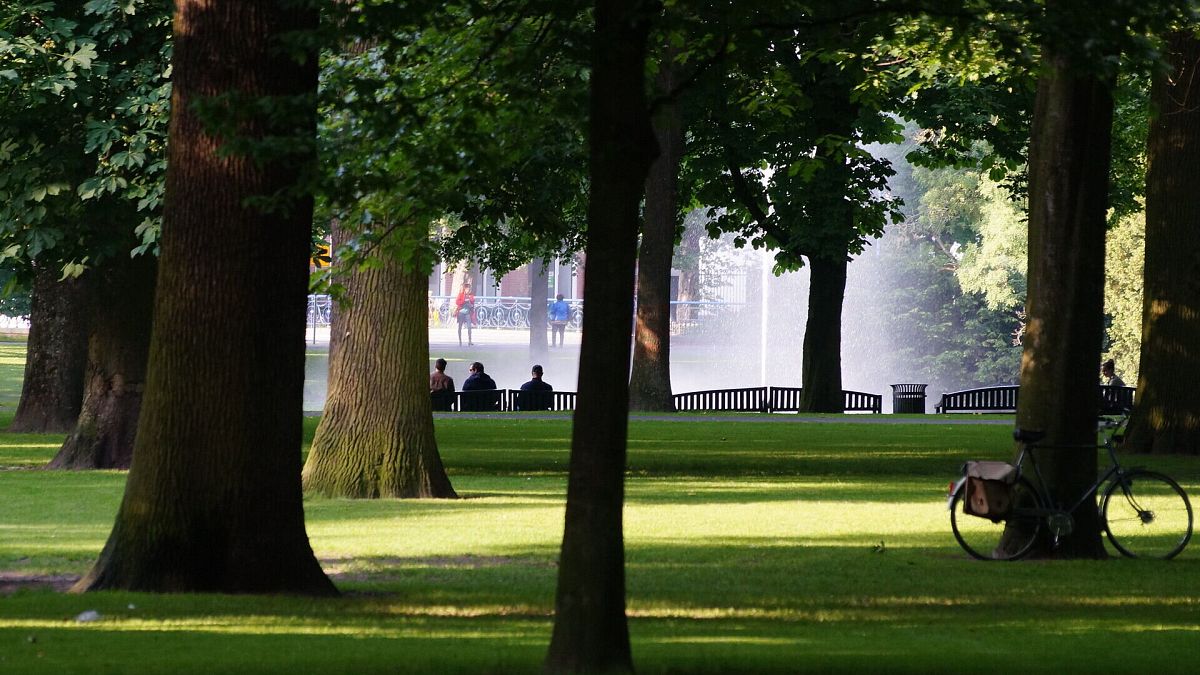The creative, cobblestoned Dutch city of Breda has officially become the first National Park City in the European Union.
Officially designated by the National Park City Foundation in May, Breda joins London, Adelaide and Chattanooga as the fourth member of a growing global movement to make urban areas greener, healthier and more connected to nature.
This new status recognises more than a decade of work to restore wetlands, green its streets and bring residents into the process.
It also signals a shift in how cities across Europe redefine their relationship with nature.
What is a National Park City?
The National Park City initiative was launched in the UK in 2019 to promote nature-connected, environmentally just urban living.
Cities don’t need to meet traditional national park criteria. Instead, they must show a city-wide commitment to sustainability, biodiversity and public access to green space.
Breda’s application caught the attention of assessors with its strong environmental leadership, citizen engagement and urban planning that places nature at its core.
“I absolutely loved exploring Breda and learning about all the things they are doing to make their city greener, healthier and wilder – from restoring a river through the middle of the city to innovative community food growing programmes, tiny forests set up by schools, wildlife-friendly gardens and public art,” says Daniel Raven-Ellison, founder of the National Park City Foundation.
“I am sure that people of all ages and backgrounds in Breda will be inspired by becoming a National Park City and want to explore how they can be part of its growth and story.”
Breda is now the fourth city to earn National Park City status, joining London, Adelaide and most recently Chattanooga. Nine other cities are currently working towards it, too.
What did Breda do to earn the title?
Breda has long prioritised nature-based solutions, from transforming quaysides into biodiverse urban gardens to replacing concrete tiles with grass, flower beds and trees.
Today, 60 per cent of Breda is made up of green space, from historic forests like the Mastbos – one of the oldest in the Netherlands – to nature reserves, parks and waterways. By 2030, local leaders aim to make it one of the most nature-rich cities in Europe.
But the status also reflects a buy-in from residents.
The city has become a leader in green design, using nature-based solutions to improve liveability and manage climate risks. And residents have been active participants in that process, often greening their own streets, installing rooftop gardens and developing green schoolyards, according to Breda Stad in een Park, a grassroots movement that helped to lead the city’s efforts to become a National Park City.
“This title is a recognition for the many residents, entrepreneurs and organisations who are committed to greening Breda and an inspiration to continue doing so,” says Joost Barendrecht, chairman of Breda Stad in een Park.
“It’s an incentive to make more [people] enthusiastic about getting started with greenery. It doesn’t always have to be big. A [simple] garden is a nice contribution.”
Why this matters for Europe’s cities
Across the EU, cities are increasingly stepping in the same direction as Breda.
From car-free zones inParis to flood-proofing efforts inCopenhagen, local leaders are responding to climate change and declining biodiversity with initiatives that aim to make urban settlements greener, more livable and future-ready.
For example, access to green space significantly reducesheat-related health risks – a benefit Breda now exemplifies and otherEuropean cities might seek to emulate.
“London and Breda are the first National Park Cities in Europe, but there’s no shortage of others that want and need to be greener, healthier, wilder, cooler and fairer,” says Raven-Ellison.
“National Park Cities are helping to show the way, forming strong relationships and exchanging optimism, ideas, knowledge and energy.”

